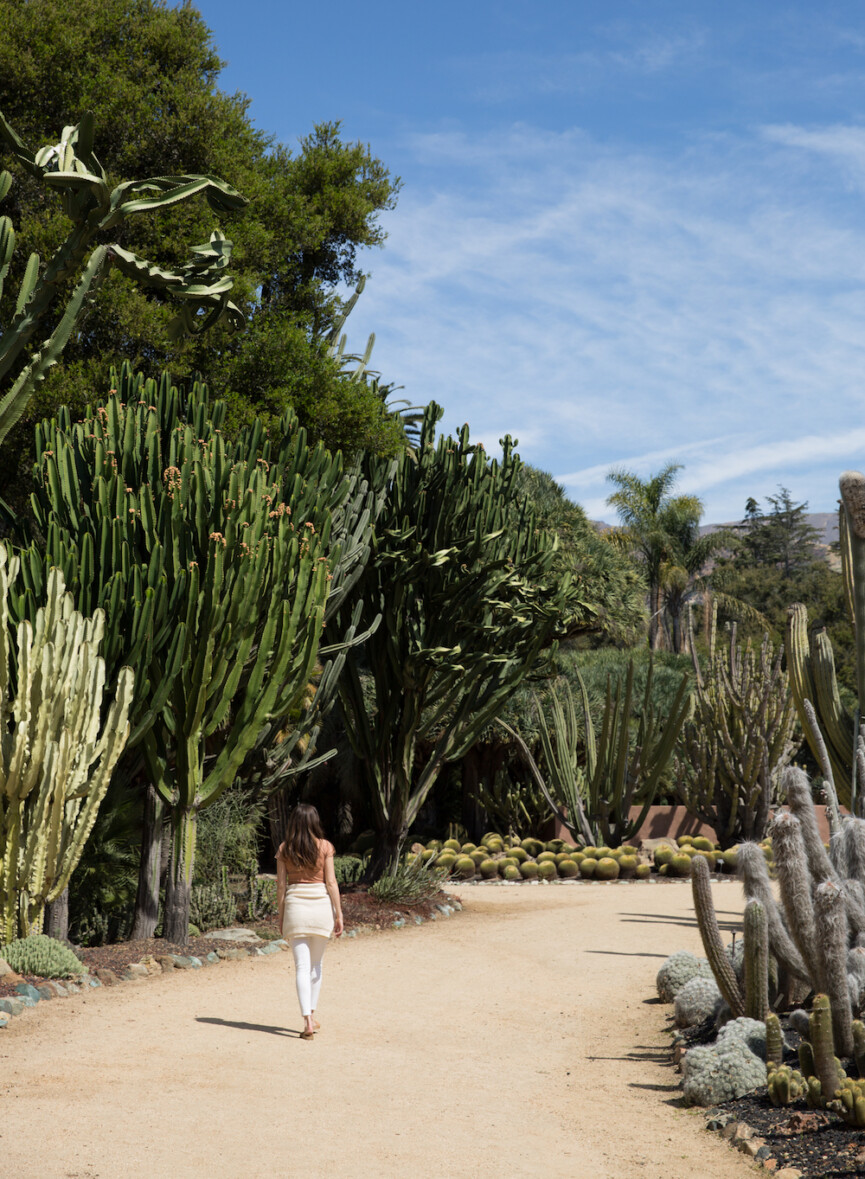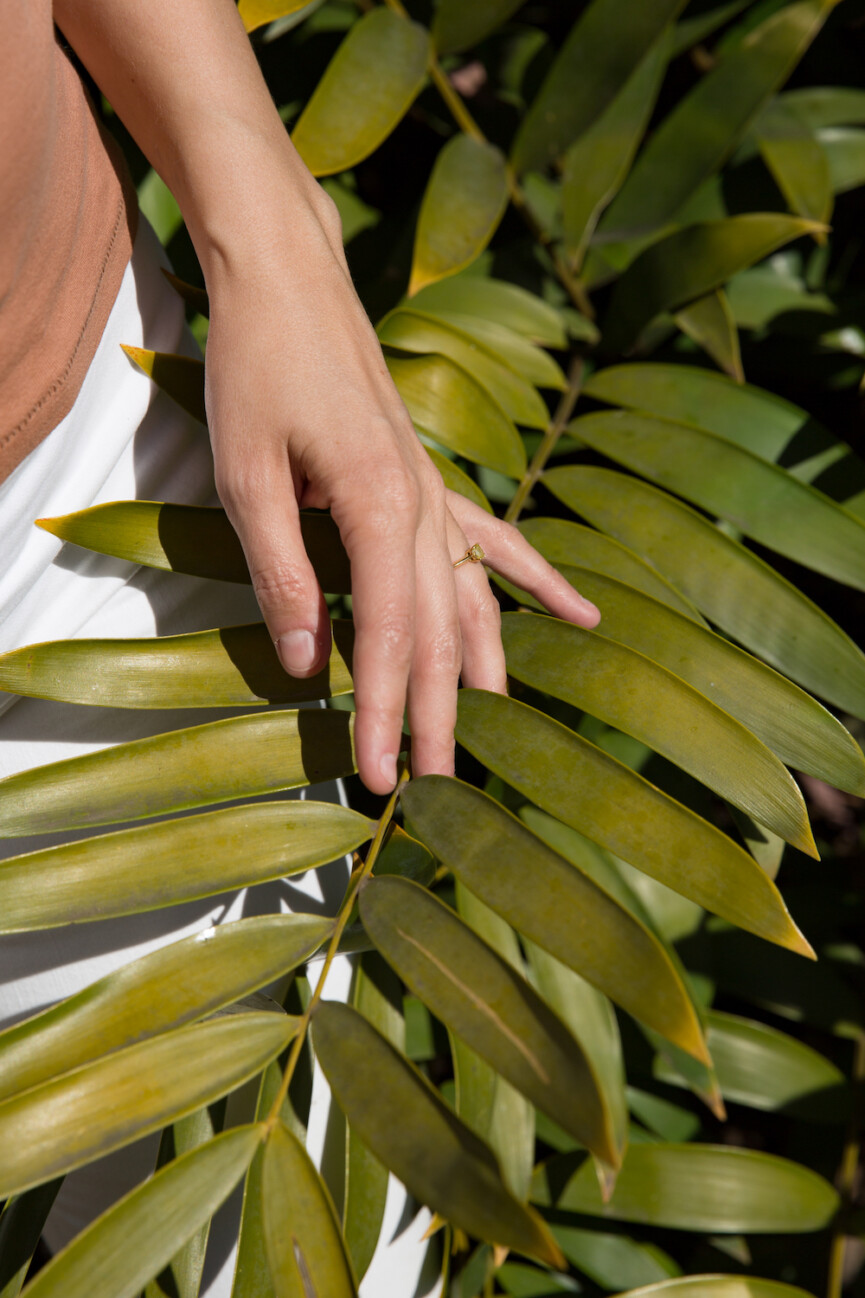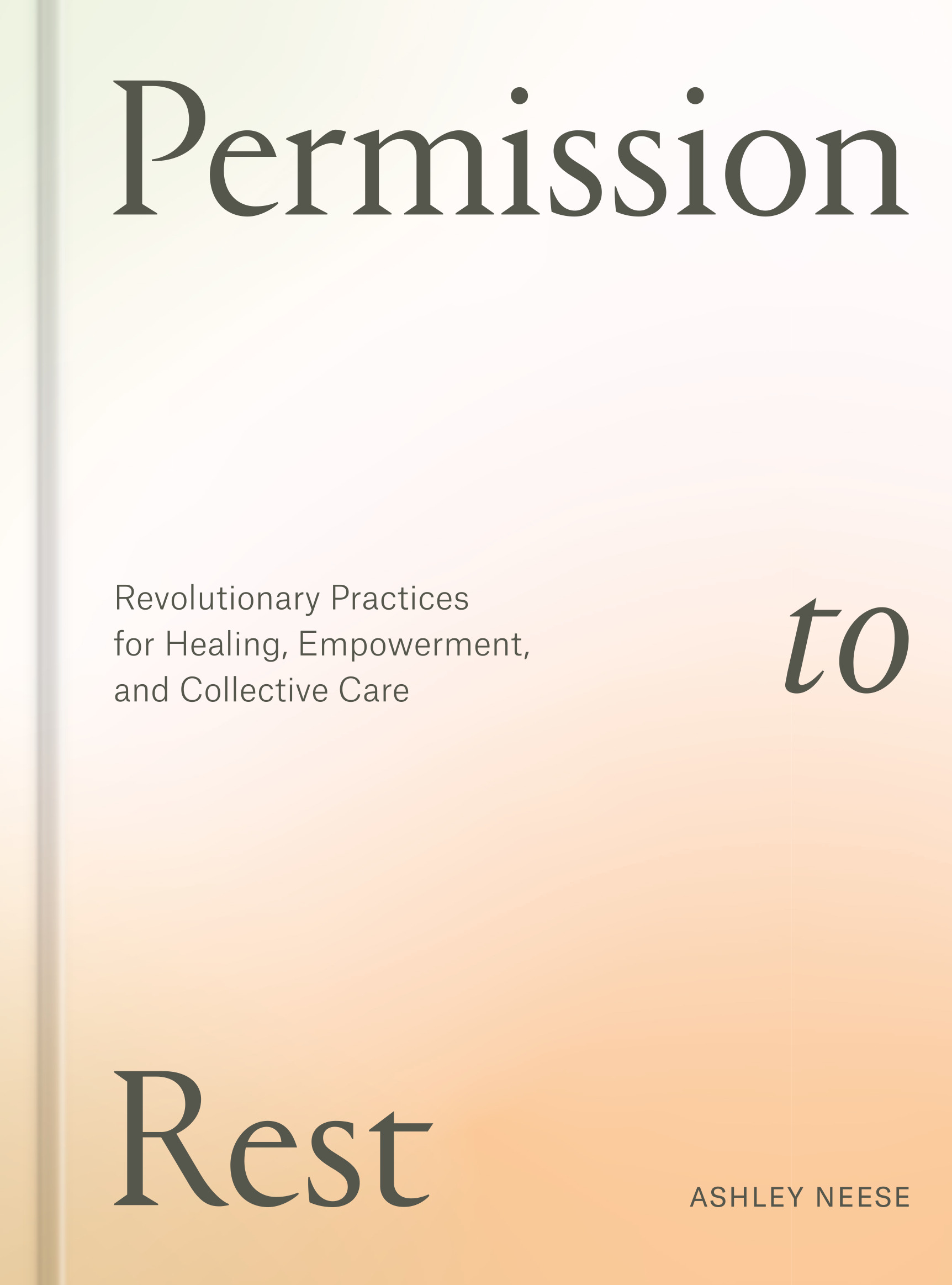Tell me if the same is true for you: vacations can be work. Sure, the theory sounds nice—the ability to break away from it all and take time solely to pour into yourself. But in practice? That’s a different story. When our day-to-day lives ask so much from us, putting the breaks on our addiction to busyness isn’t just difficult. Many times, it can feel impossible. Thankfully, teacher and author Ashley Neese reminds us: it isn’t only within our power to escape this hamster wheel of guilt—it’s necessary.
In her new book, Permission to Rest, Ashley invites us to rethink our relationship to rest. Rather than understanding it as a weakness or a moral failing, she asks us to consider the opposite: how rest can fuel and inspire fruitful, flourishing lives. Here at Camille Styles, our team is pursuing simplicity any way we can, in hopes that the resulting space breeds clarity and contentment. It’s a perspective Ashley so evidently shares in her manifesto for a more purposeful, intuition-led existence.
Featured image by Marielle Chua.
Ashley Neese holds an MFA from the California College of the Arts and is certified in breathwork, somatic trauma touch, Hatha yoga, and energy medicine. Her private sessions and workshops guide spirit seekers toward living with their hearts wide open. She works with clients all over the world, including BuzzFeed, and has been featured in Elle Japan, Vogue, Well + Good, mindbodygreen, and the Nourished Journal. She opened the goop On Health summit and is a regular contributor to the goop site. She is also the author of How to Breathe.
Permission to Rest
As we’ve read through Ashley’s book, we’re each awash with the wisdom pouring from every page. And though I’ve taken notes throughout, my favorite line serves as a reminder that rest isn’t a luxury nor an accessory to a beautiful life. In fact, as Ashley so eloquently expresses, the consistent practice of rest is essential:
“Our bodies need rest. Our minds need rest. Our hearts need rest. Our relationships need rest. Our creativity needs rest. Our culture needs rest. Our Earth needs rest.”
Ahead, Ashley shares an exclusive excerpt from her book, releasing on September 19. Her words serve as a call to action, reminding us that to move forward with grace not only in our own lives but as a collective, we have to reposition how we think about slowing down. We have to see rest as a necessary gift to offer ourselves again and again—all throughout our everyday.

Image by Erin Scott
Ashley Neese on the Transformative Power of Rest
Resting is one of the most impactful practices we can adopt for self-compassion, emotional well-being, collective care, and environmental repair. When we take a few moments each day to pause, to feel our exhales, to listen to the sounds that are present, or to notice the way light bends around a corner, we are engaging in a subversive act of reclaiming the innate wisdom within our bodies and within the natural world: the wisdom of rest.
When we practice resting, we allow ourselves to follow an organic rhythm that has the power to heal, to restore, and to liberate us from the oppression of overwork and constant productivity of our culture. When we practice resting, we engage in revolutionary acts that create social and environmental changes, rippling out to shift all aspects of life. Yet most of us will say, on any given day, that we simply cannot take the time to rest. I get it. I’ve been there.
I’ve been on the burnout train more times than I care to admit. I’ve struggled with addiction to substances, to work, to being of service, and to social media. I’ve pushed myself to the point of being bedridden more than once. I’ve fallen into the trap of believing that if I just do more, help more, work more, and keep pushing past my limits, I will finally feel like I am enough. And then I will be able to relax.
I’ve avoided rest for many of the reasons you’ve probably avoided it too: it’s inconvenient and uncomfortable. Yet, after years of dodging the medicine I needed the most, I’m here to tell you—there is no substitute for rest. There is no way to escape our fundamental human need for renewal. Individually and as a culture, we have been failing to take care of this essential need, and it’s causing high levels of stress and depletion within ourselves, our communities, and our environment.
We are exhausted. We are overwhelmed. We are weary.
Our bodies need rest. Our minds need rest. Our hearts need rest. Our relationships need rest. Our creativity needs rest. Our culture needs rest. Our Earth needs rest.
The promising news is that the value of rest is gradually on the rise in our collective consciousness. Enough of us are recognizing that feeling depleted and perpetually exhausted doesn’t have to be our baseline. Enough of us are tired of being sick and tired and are choosing to rest, despite existing in a culture that tells us that to rest is to admit weakness and needing to slow down is something that we should be ashamed of.
It’s okay to slow down. It’s okay to pause. It’s okay to rest.
Image left by Marielle Chua | Image right by Erin Scott
3 Practices to Cultivate Rest
Social Media Sabbatical
Taking a break from social media can be very illuminating. To engage with this practice, first decide when you want to begin the sabbatical and for how long—it can be one day, a week, a month, or longer. Do what feels right for you and know you can practice this as often as you like.
When you’re ready, delete the app from your smartphone. Pay attention to what shows up in the following hours, days, and weeks. Notice how often you habitually reach for your device to check the app. Think about what you really want when reach for it: What are hoping it will shift? Do you want it to connect you? Distract you? Numb you? Inspire you? From there, pay attention to how you felt when you reached for it and what you felt when it wasn’t available. Use this new space in your life to redirect your attention to yourself and your desire to rest. Commit to engaging with one of the rest practices from this book during your sabbatical.
When your social media sabbatical is over, download the app back to your device. Notice how you feel as you start to engage with the app and your communities again after a break. How does your body feel? How does your mind feel? How does your nervous system feel? What does your rest look like now? Keep an eye on your usage, and when you feel ready to take another sabbatical, you know what to do.
Remember, you don’t owe anyone on social media anything. Not one single thing. You don’t have to make an announcement when you take a sabbatical—in fact, you can take one whenever you want to because guess what, you’re in charge! You call the shots. You decide how much of your energy, time, creativity, life, and data you give away.

Image by Erin Scott
Cultivate a Rest/Work Rhythm
We often override our internal signals for rest while we work. Our bodies send us clear messages to rest—like fidgetiness, hunger, drowsiness, and loss of focus—yet we press on anyway for many of the reasons I’ve shared throughout this book. When we push ourselves to keep going despite the signals to slow down, we start to draw on our emergency reserves—like our stress hormones, adrenaline, noradrenaline, and cortisol—to keep us going. This shifts our nervous systems into high gear, or sympathetic arousal, and starts to drain our body budget (see chapter 02, “What Rest Is—and Isn’t”). This is one of the reasons so many of us are burned-out and severely depleted, struggling to get through a day of work without stimulants like caffeine and sugar. When we rely on our own stress hormones to keep us going instead of taking the breaks we need, our work and lives suffer tremendously.
Our bodies have a natural rhythm, just like the circadian rhythm of the moon and sun (see part 06, “Resting from the Outside In”). When we intentionally shift our bodies from overwork and overdrive to a sustainable flow that includes significant blocks of rest, so much in our lives will improve. One rest break at a time, you will begin to feel less depleted and find that you can not only produce work of greater value, you will leave work feeling less depleted and more satisfied.
Schedule periods of rest every ninety minutes when you are working. Ideally they will be twenty-minute breaks but feel free to start with five-or ten-minute breaks and work your way up. During your breaks, be sure to get fresh air, walk around, drink water, and stretch. You can build this rhythm in to your workday to add moments of replenishment.
Nature Bathing
Although forest bathing has its own researched benefits, including the stress-relieving phytoncides from particular trees, Nature Bathing is a practice you can do in any natural environment that feels restorative to you. For example, a twenty-minute stroll through a city botanical garden without being on your smartphone can boost cognition and memory as well as improve feelings of well-being. You can practice in a nearby park or make an adventure of it and go out of town. I highly recommend both. Try to nature bathe in a place close-by once a week and get a little farther away once a month or every other month. I encourage you to organize an annual trip to a state or national park: research shows that the wilder the nature we immerse ourselves in, the greater restoration we experience.
To begin the practice, choose a location. Find a place where you can walk aimlessly and as slowly as possible.
Notice your surroundings as you walk. See the trees, the plants, the light stretching across the land, any wildlife nearby. Listen to the sounds of your environment—the wind blowing, the rising of the tide, the croak of a frog. Feel the ground underneath your feet, the texture of the land. Inhale and exhale deeply, allowing your body to find its way to the place you are currently in. Give your body time to catch up to this moment.
Continue to walk slowly and pay attention to the impulses that your body has to walk in a particular direction and follow them. There is no need to rush. Take your time. You’re not trying to get anywhere; you are basking in the beauty and wonder of nature. You are settling into a more coherent, relaxed state.
When complete, offer gratitude to the land and to anything else you feel called to. Notice how your body feels. Bring awareness to your thoughts, emotions, and sense of spaciousness.
Excerpted from “Permission to Rest” text copyright © 2023 by Ashley Neese. Published by Ten Speed Press, an imprint of Random House.”









